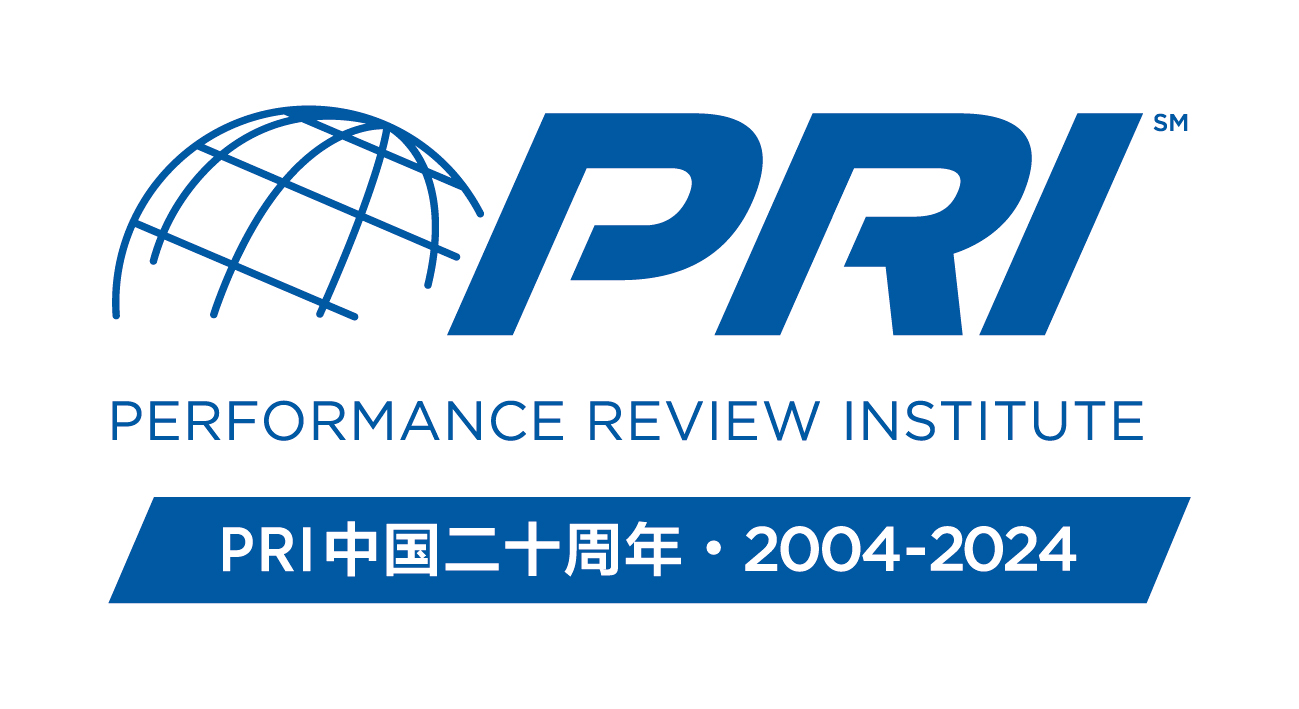
A Nadcap accreditation is amongst the most sought after recognition of Quality excellence in critical process manufacturing within the aerospace and defense industries. While there are three different Nadcap accreditation lengths – 12, 18, and 24-month depending on Auditee performance during the audits and as detailed in the
July 2017 Nadcap newsletter – an Auditee might be required to take some actions even after the facility has received accreditation.
Operating Procedure (OP) 1107 – Post Accreditation Actions can be found in eAuditNet under Resources / Documents / Procedures and Forms / Nadcap Operating Procedures / Operating Procedures as shown. It details what actions are procedurally required by an Auditee, as well as by PRI, in a given scenario.
This procedure only pertains to actions taken on existing accreditations and covers the following topics:
Accreditation length changes
As defined in the procedure, an accreditation length change is “a change to the accreditation expiration date”, and can either be a reduction, or an extension. Such changes must not modify the eligibility quarter for the next Nadcap audit, unless otherwise approved by the Task Group.
Reductions in accreditation length must be approved by the appropriate Task Group. Below are the most common reasons triggering a reduction in accreditation length:
- Type C Auditee Advisory – confirmed product impact – being issued
- Type P Auditee Advisory – potential product impact – being issued
- Fraudulent Activity
Both Type C and Type P Auditee Advisories are defined in OP 1109 – Auditee Advisories, which can be found in
eAuditNet following the same path as defined above. The recent November 2019 Nadcap newsletter contains an
article dedicated to this procedure.
While Nadcap accreditation length extensions may be granted for no more than three months by the applicable Staff Engineer, AQS accreditation might be granted up to a maximum of six months, by the AQS Staff Engineer. Beyond those times, Task Group approval is required.
It is important to note that non-responsiveness from the Auditee during the audit review process or scheduling delays due to the Auditee might lead to an accreditation length change denial by the Audit Report Reviewer or the Task Group – other reasons might apply on a case-by-case basis.

Suspension or Withdrawal of Accreditation
An accreditation might be suspended or withdrawn for any of the following reasons:
- Violation of accreditation requirements
- Inability to meet accreditation requirements such as fire, loss of equipment, shutdown, and more
- Invalid quality system as defined in PD 1100 Nadcap Program Document, available in eAuditNet under Resources / Documents / Procedures and Forms / Nadcap Program Document – PD 1100
- Violation of the Nadcap Auditee Agreement (sfrm20 for Accreditation Audit) that can be found in eAuditNet under Resources / Documents / Procedures and Forms / Nadcap Forms / s forms as shown
There are specific actions taken when an Auditee’s quality system is:
- Expired or suspended: in this instance, the Nadcap accreditation shall be suspended as well. Accreditations that have been suspended due to an expired quality system shall be withdrawn if a valid quality system is not provided to PRI within 30 days of the suspension date. For any other reasons leading to the quality system being suspended, an Auditee has 90 days to address the reason that led to the suspension. Failing to address the root cause of suspension within the 90-day window shall result in the withdrawal of the Nadcap accreditation, unless otherwise approved by the Subscriber Voting Members of the Task Group. Auditees who have had their accreditation withdrawn must wait a minimum of 90 days from the withdrawal date until initial re-entry audit can be conducted.
- Deleted or withdrawn: here, the Nadcap accreditation shall be withdrawn too. Withdrawal of a Nadcap accreditation due to an audit failure is addressed by OP 1110 – Audit Failure and Risk Mitigation. This procedure, detailed in the November 2019 Nadcap newsletter, also says that Auditees who have had their accreditation withdrawn must wait a minimum of 90 days from the withdrawal date until initial re-entry audit can be conducted. In an event where withdrawal is due to unethical behavior or fraudulent activities, specific re-entry requirements apply and can be found within OP 1107 – Post Accreditations Actions.
Only the applicable Subscriber Voting Members of the Task Group can approve the suspension of an Auditee’s Nadcap accreditation for reasons other than quality system issues. In the scenario of suspension due to inability to meet accreditation requirements, it is the responsibility of the Task Group Chair to approve the suspension in lieu of the Task Group.
Any Nadcap accreditation that has been either suspended or withdrawn shall be removed from the Qualified Manufacturers Listing (QML).
Changes to an Accredited Facility and Requests for Revised Certification

The eAuditNet Company Administrator plays an important role in eAuditNet for every Auditee. He/she is the individual responsible for making changes to the audit contact(s) within eAuditNet. A detailed article on its role can be found in the
November 2017 Nadcap newsletter.
The changes listed below, however, require the Auditee to complete the Nadcap form “tfrm11 – Notification of Change” and submit it to
tfrm11notification@p-r-i.org:
-
-
-
-
-
-
-
-
-
-
- Company name
- Address
- Ownership
- Operational status operations stopped permanently/temporarily, such as fire, flood, or plant shutdown
- Quality system status – suspension, withdrawal, expiration, deletion
Once the request is received by PRI, a confirmation email is sent to the Auditee. The relevant parties within PRI then ensure the information flows down adequately and that eAuditNet is updated appropriately.
In the event of ownership changes and address changes because of physical move, the applicable Task Group shall define actions to be taken in their respective OP 1114 – Task Group Operations Appendices that can be found in eAuditNet under “OP 1114 Appendices”, or the Subscriber Voting Members of the Task Group shall decide if actions are required on a case by case basis.
Actions may include, but are not limited to, on-site audit, off-site review, suspension and withdrawal of accreditation, Verification Corrective Actions (VCA) audit, merit change, no action at all, and more.
Once the change(s) have been recorded through the t-frm-11 – Notification of Change form by all affected Task Groups, the Auditee’s record in eAuditNet is updated. Then, and only then, the Nadcap accreditation certificate shall be revised, and issued again if requested.
Mark of Conformity
The Nadcap Mark of Conformity is proprietary to PRI. Once an Auditee is granted Nadcap accreditation and is listed in the QML, the Auditee is authorized to use the appropriate Mark(s) of Conformity. Note that the form called “sfrm48 – Use of a Mark of Conformity” details how to use it. It can be found in
eAuditNet, following the same path described to find the sfrm20 – Nadcap Auditee Agreement – Accreditation Audit.
Auditees are required to only use the Mark(s) of Conformity for products, processes, or services for which the accreditation(s) applies. In addition, Auditees must ensure when using the Mark of Conformity that no confusion arises between accredited and non-accredited processes/products/services.
If PRI identifies an Auditee misusing the Mark of Conformity, PRI shall notify the Auditee. The Auditee then has 45 days from the notification to submit corrective action. Failing to comply with this timeline, or if the corrective action is not satisfactory, may lead to PRI taking action to suspend, or even withdraw, the accreditation.
We hope this information helps the Nadcap community better understand what actions might be required even after a Nadcap accreditation is granted. Each action depends on the type of change that occurred, but most of them will require either the completion and submission of t-frm-11 – Notification of Change, or compliance to OP 1109 Audit Advisories and/or OP 1110 – Audit Failure and Risk Mitigation.
We encourage any Auditee to contact us at
PRINadcap@p-r-i.org with questions or comments.
 A Nadcap accreditation is amongst the most sought after recognition of Quality excellence in critical process manufacturing within the aerospace and defense industries. While there are three different Nadcap accreditation lengths – 12, 18, and 24-month depending on Auditee performance during the audits and as detailed in the July 2017 Nadcap newsletter – an Auditee might be required to take some actions even after the facility has received accreditation.
Operating Procedure (OP) 1107 – Post Accreditation Actions can be found in eAuditNet under Resources / Documents / Procedures and Forms / Nadcap Operating Procedures / Operating Procedures as shown. It details what actions are procedurally required by an Auditee, as well as by PRI, in a given scenario.
This procedure only pertains to actions taken on existing accreditations and covers the following topics:
A Nadcap accreditation is amongst the most sought after recognition of Quality excellence in critical process manufacturing within the aerospace and defense industries. While there are three different Nadcap accreditation lengths – 12, 18, and 24-month depending on Auditee performance during the audits and as detailed in the July 2017 Nadcap newsletter – an Auditee might be required to take some actions even after the facility has received accreditation.
Operating Procedure (OP) 1107 – Post Accreditation Actions can be found in eAuditNet under Resources / Documents / Procedures and Forms / Nadcap Operating Procedures / Operating Procedures as shown. It details what actions are procedurally required by an Auditee, as well as by PRI, in a given scenario.
This procedure only pertains to actions taken on existing accreditations and covers the following topics:
 The eAuditNet Company Administrator plays an important role in eAuditNet for every Auditee. He/she is the individual responsible for making changes to the audit contact(s) within eAuditNet. A detailed article on its role can be found in the November 2017 Nadcap newsletter.
The changes listed below, however, require the Auditee to complete the Nadcap form “tfrm11 – Notification of Change” and submit it to tfrm11notification@p-r-i.org:
The eAuditNet Company Administrator plays an important role in eAuditNet for every Auditee. He/she is the individual responsible for making changes to the audit contact(s) within eAuditNet. A detailed article on its role can be found in the November 2017 Nadcap newsletter.
The changes listed below, however, require the Auditee to complete the Nadcap form “tfrm11 – Notification of Change” and submit it to tfrm11notification@p-r-i.org:






